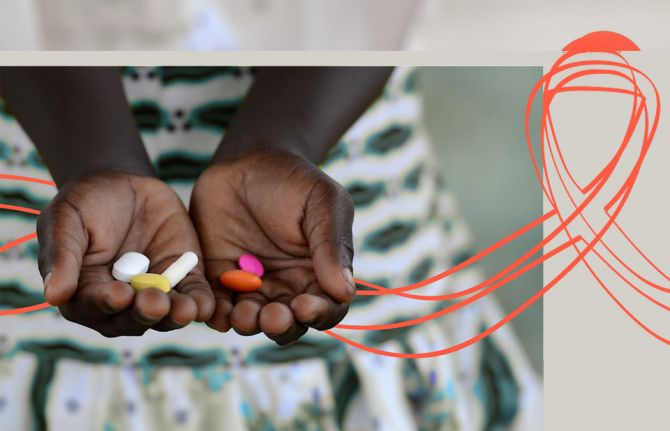
The World Bank provides vital financial and technical support to developing countries in order to achieve the aim of poverty alleviation within a generation. To this end, it has set two ambitious but achievable goals for the world to reach by 2030:
- To end extreme poverty by decreasing the percentage of the world’s population living on less than US$ 1.25 a day to no more than 3%.
- To promote shared prosperity by raising the incomes of the bottom 40% everywhere.
With more than 120 offices worldwide and 10 000 employees, including economists, public policy experts, health specialists and social scientists, the World Bank assists developing countries through policy advice, capacity-building, research and analysis, which often help to inform national investments.
It also offers low-interest loans, interest-free credit and grants, which are used across a broad range of investment areas, such as health, education, public administration, financial and private sector development, and infrastructure.
The World Bank has long recognized the threat that HIV poses to progress and development. It helps to define the global response to HIV and fully champions the vision of zero new HIV infections, zero discrimination and zero AIDS-related deaths. As a UNAIDS Cosponsor, and under the UNAIDS Division of Labour, it is the lead agency for support to strategic planning, including costed and prioritized multisectoral national AIDS plans and conducting analysis to underpin evidence-informed policies. In addition, the World Bank co-leads assistance provided on sexual transmission of HIV with the United Nations Population Fund and social protection with the United Nations Children’s Fund.
The World Bank uses its unique perspective and expertise to enhance the global challenge to the epidemic and helps countries to provide HIV prevention, care and treatment services by offering financing, specialized technical support and knowledge gleaned over decades. It also helps to alleviate the social and economic consequences experienced by affected communities and, in accordance with its Division of Labour mandate, stresses the importance of social protection as a vital facet of a successful response to HIV.
In terms of tackling the sexual transmission of the virus, the World Bank co-leads the push to gather evidence for HIV prevention, setting better priorities and using scientific approaches to increase the impact of prevention programmes.
Working with key national stakeholders, it assists countries in exploring how better to develop and implement high-quality HIV services that are accessible to those who need them and to reach the coverage targets expressed in the national strategic plans.
When a government asks the World Bank to intervene to help strengthen a national AIDS response (as part of a country partnership strategy), it can offer grants, credits and/or loans for HIV programmes. These can either be standalone projects or, more usually, integrated within broader health sector financing or financing for other social sectors, such as for transport, infrastructure and urban development, in which the Bank works with partners to bolster evidenceinformed interventions.
There is now a greater emphasis on doing “better for less” to help countries to utilize the available resources wisely and well, rendering their response to AIDS better designed and implemented in a way that maximizes resource allocation and service delivery. In order to do this, the Bank relies on a number of measures, which include providing evidence for strategic planning and undertaking studies that analyse efficiency, effectiveness, financing and sustainability.
Additionally, the World Bank is committed to scaling up programmes aimed at eliminating mother-to-child transmission of HIV, thus accelerating progress on the Millennium Development Goals relating to child and maternal health.
The Bank will redouble its efforts to work with countries to reach the best evidence-informed decisions about financing priorities so that comprehensive and multisectoral AIDS responses equipped to meet the needs of diverse populations make a real difference on the ground.
Additional information is available here.








